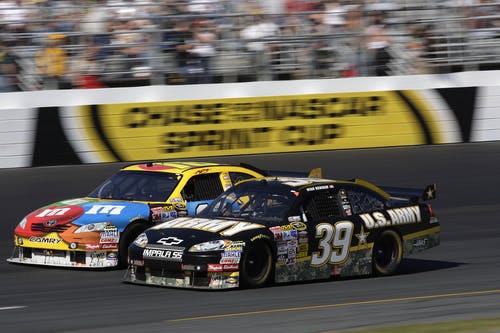
Motorsport photography can be a fun and exciting experience. It does not matter if it's two wheels or four, harnessing the horsepower and the on the edge driving in one frame can grab the eyes of many. A photographer can be left guessing on how to get started and how to receive the magical access to get some of the best shots.
Camera Equipment
A Digital SLR camera is essential for good motorsport photography. You will be trying to shoot some very fast-moving cars or bikes, so you need a camera that can react instantly, as soon as you press the shutter button. The shutter lag on digital compact cameras means they're just not up to the job.
Almost as important as the camera are the lenses you use. Unless you're at a very small-scale motorsport event, chances are you won't be able to get anywhere near the circuit, so you'll need a telephoto lens (300mm or longer) so you can fill the frame properly. A tripod or monopod is a useful bit of kit to take along. Expect to spend a lot of time standing there, camera poised, waiting for a car or bike to drive past, and hand-holding your camera can quickly make your arms ache! By using a tripod or monopod you aim your camera at the right bit of track and then relax a bit until a car comes along.
Camera Settings
When it comes to camera settings, such as aperture, shutter speed, white balance and shutter mode, it is good if you have an idea of where you want to start so you will be in the right ballpark.
Shutter speed is your key camera setting. With action photography, we want to freeze the action. The same holds true with motorsports photography, but to add to the degree of difficulty is the fact that you want to freeze the body of the car, the motorcycle, the rider, and the driver while having a slow enough shutter speed that will give blur to the wheels and or background. This allows the viewer of the image to know that the vehicle is in motion, because if you jack up the shutter speed as fast as it will go, the vehicle will look like it is parked.
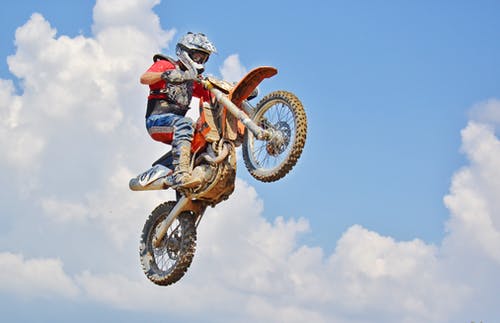
Find A Slow Corner or a Humpback Bridge
It can be tempting to head for the fastest straight on the circuit in the misguided belief that a faster moving car means a better photo. In reality it just makes it even harder to capture it, and motion blur also becomes more of a problem.
To give yourself a good fighting chance of getting some good photos, find a slow corner. This will give you longer to get your shot and reduce motion blur issues. It can also make for a more exciting shot, with the car's wheels turned as it bounces over the curbs, or the bike leaning into the corner.
Humpback bridges can throw a racing car into the air for that photo of the car with all the wheels off the ground. You need to be ready for the shot, the car won’t pause for you. Practice with every car that passes until you have mastered the technique and take the perfect shot.
Set Your Focus
Even in a slow part of the track, your camera's auto focus will have a hard time keeping up with the pace of the vehicles, so your best bet is to switch to manual mode and focus on your point of interest on the track, usually near the apex of the bend or bridge. Then simply lock the focus and you can be sure you'll produce pin-sharp images all day.
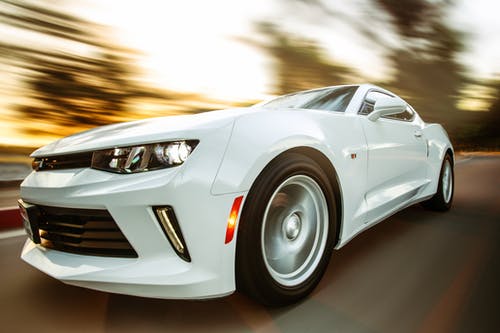
What about Panning?
Panning is the motorsport photography technique for capturing speed and motion in a photo. To put it in layman’s terms, panning is the act of following a subject – in this case, the car – with your camera in order to capture it in motion. By using a slow shutter speed (which I’ll explain that down below), whilst moving your camera along with the race car, it will create a distinct effect in the photo.
If this is done right, and don’t worry not even the best pro’s nail every single panning shot, the car will appear nice and sharp in the image, whilst the background will be blurred. This brings further emphasise to car that is the main focus – or subject – of the image as well as showcasing the element of speed and motion.
A good pan starts with your feet. Stand with your feet shoulder-width apart to give yourself a good solid stable platform to act as your pivot point. Then, hand-hold your camera, as solidly and stably as you possibly can with your camera up against your eye/face, elbows tucked in close to your chest.
Once you’ve got steady platform twist with your hips/legs to rotate as the car goes past you. Rotating with your legs, moving your whole body, means your movement will be smooth and stable.
The goal is to limit any movement that isn’t directly following the car to make sure the resulting photo is sharp on the subject.
I would recommend using a monopod or even a tripod, particularly while using a larger lens, then that becomes your pivot point and you adjust your movement accordingly.
Shoot in Burst Mode
As with any action photography, framing your subject is just as much about luck as it is judgement. Using burst mode will greatly increase your chances of getting a decent photo, with the car or bike positioned just where you want it to be in the frame.
Finally
Formula 1, stock cars, drag racing and vintage rally all make motorsport an invariably fast-paced and exciting sport. There is also plenty of opportunity, with hundreds of varied events taking place each year.
Sadly, it can be all too easy to come home with a bunch of lacklustre, disappointing photos that do nothing to convey that sense of excitement and adrenaline. This is often due to a combination of the wrong equipment and a lack of planning.
Thankfully these flaws can be fixed, and there are number of things you can do to improve your motorsport photography images. Bear them in mind next time you attend an event, and you will increase your changes of producing some truly stunning motorsport photography.

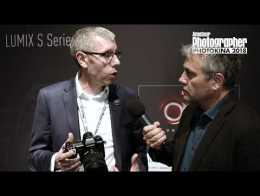
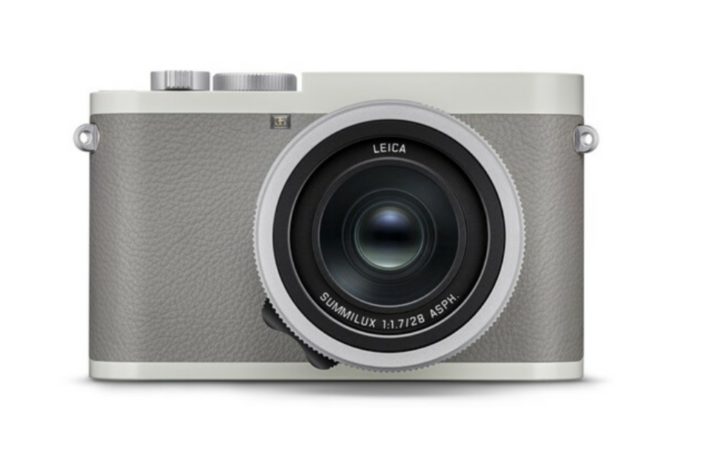


More Stories
How Good Is the New $6,000 Point and Shoot Camera From Leica?
Leica DG VARIO-ELMARIT 12-35mm F2.8 ASPH Lens Announced
Hasselblad X2D 100C: Keep it simple, stupid